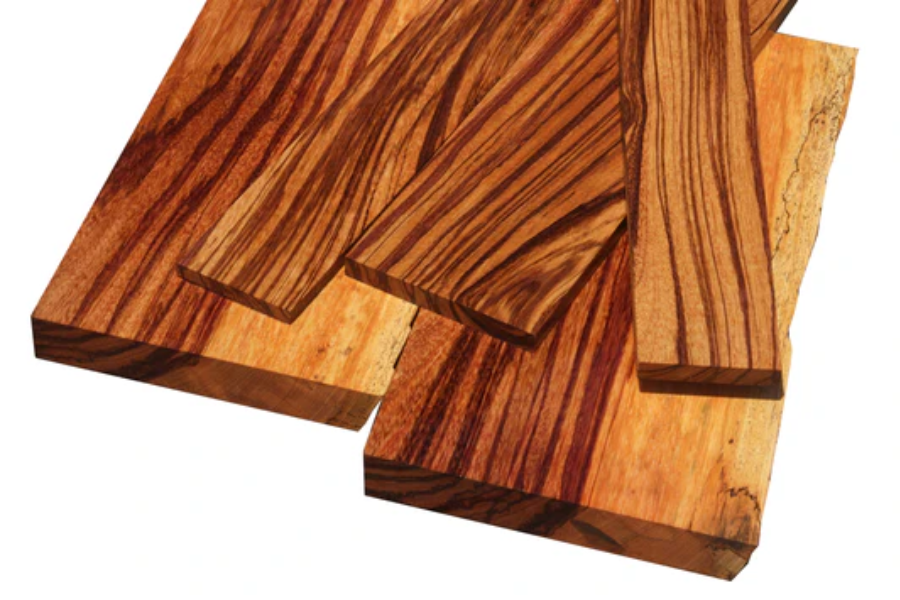When your water heater starts leaking, you know it’s time for a change. You can actually replace it yourself in less than a day. If you’re a bit handy and have some basic tools, this guide will walk you through installing a gas water heater from start to finish.
Tool and Material Checklist
Before diving in, gather your tools and materials. You’ll need some common items like screwdrivers, wrenches, a soldering torch, and safety glasses. Materials you’ll need include a new discharge pipe, fittings, a venting pipe, and connectors for water and gas.
Initial Steps
First things first: safety is key. Check with your local inspections department to see if you need a permit for your installation. This is a great practice to ensure all safety standards are met and your installation is up to code.
Cost Breakdown
A reliable storage water heater installer can vary in cost. Typically, the heater itself will run you between $150 and $400. Hiring a plumber can add more cost on top of that, depending on your location and the complexity of the job.
Water Heater Components
Familiarize yourself with the parts of your water heater: the flue pipe, shutoff valves, the draft diverter, and others. Knowing these will help you understand how everything fits together.
When to Replace
If you notice your water heater is leaking, don’t wait for it to get worse. Leaks usually mean the tank’s steel has rusted through, which isn’t repairable. Other issues like no hot water or insufficient heating also suggest it might be time for a new one.
Installation Steps
- Shut Off Gas and Water: Always start by turning off the gas and water to prevent any accidents.
- Drain Old Tank: Connect a hose to the tank’s drain valve to let out any remaining water—be careful, it might be hot.
- Disconnect and Remove Old Heater: You’ll need to cut off the water lines and remove the old unit.
- Set Up New Tank: Install the new temperature and pressure relief valve and attach all necessary pipes and fittings.
- Connect Water Lines: Adjust and solder the new water lines to make sure they align properly with your new tank.
- Finish Gas Connection: Reconnect the gas line, applying compound to the threads to ensure a secure fit.
Check Your Work
Once everything is connected, check for leaks by using a soap solution on the joints. Bubbles will indicate a leak. Also, test for proper venting to ensure fumes are escaping correctly.
Final Touches
Light the pilot light following the manufacturer’s instructions and set the thermostat. Now’s also a good time to call your local inspector like https://www.plumbersingapore.org/ to check your installation.
Disposal of Old Heater
Don’t forget about your old unit. Some local services might pick it up for a small fee. Make sure to drain it and move it safely; it might be heavier than you expect.
This guide gives you a comprehensive yet straightforward approach to replacing your water heater. Always prioritize safety and don’t hesitate to consult a professional if you’re unsure about any step.
Do I need a permit to install a water heater?
Yes, in many places you need a permit. Always check with your local inspections department before starting.
How long does it take to install a water heater?
Most installations can be completed in less than a day, typically in about 6-8 hours.
Can I install a water heater by myself?
Yes, if you have some basic plumbing and tool handling skills, you can install a water heater yourself. However, for gas heaters, it’s advisable to have a professional handle the gas connections if you’re not experienced.
What are the signs that I need a new water heater?
Common signs include water leaks, rusting on the tank, insufficient hot water, or a unit that is more than 10 years old.
What should I do with my old water heater?
You can dispose of it through local garbage services, which might charge a small fee. Some regions require specific disposal methods, so check local regulations.
Stay in touch to get more updates & news on Internal Insider!










